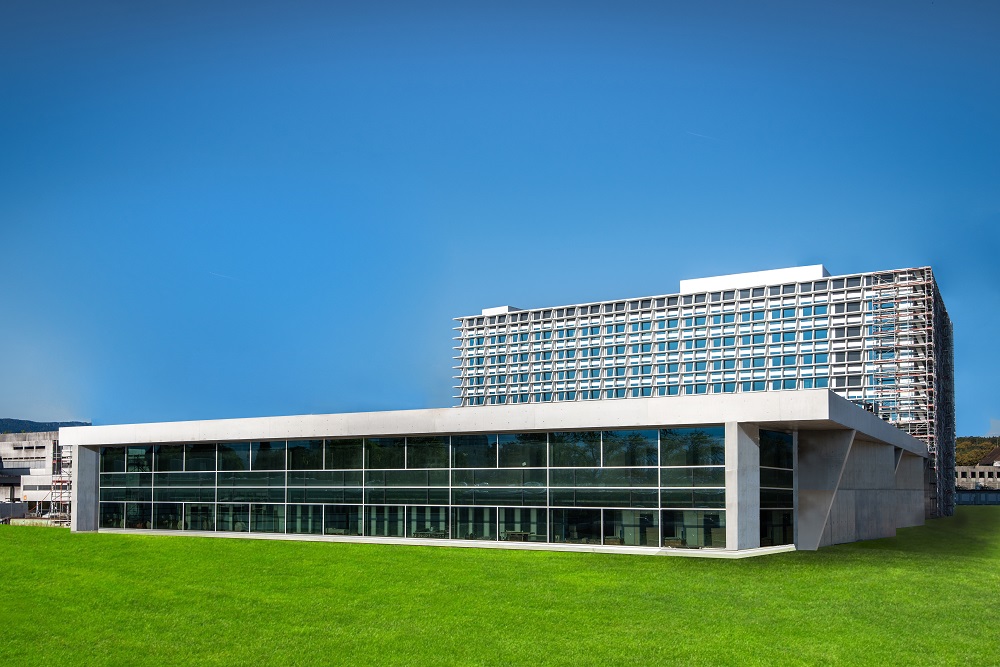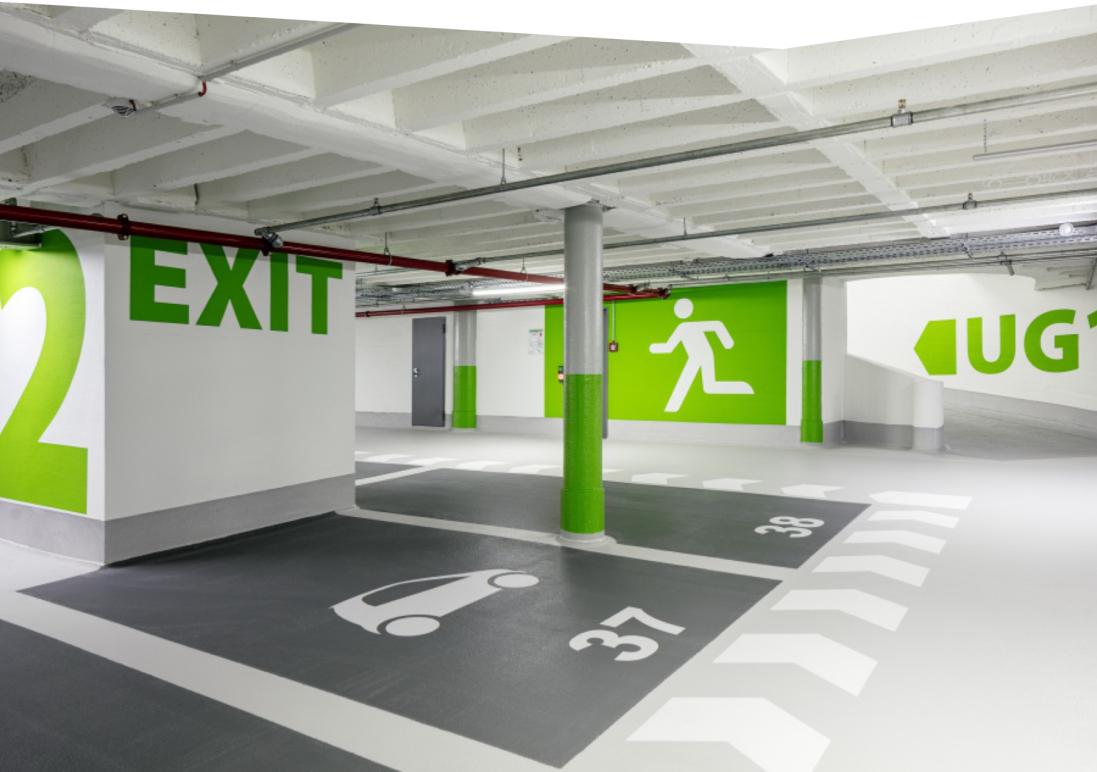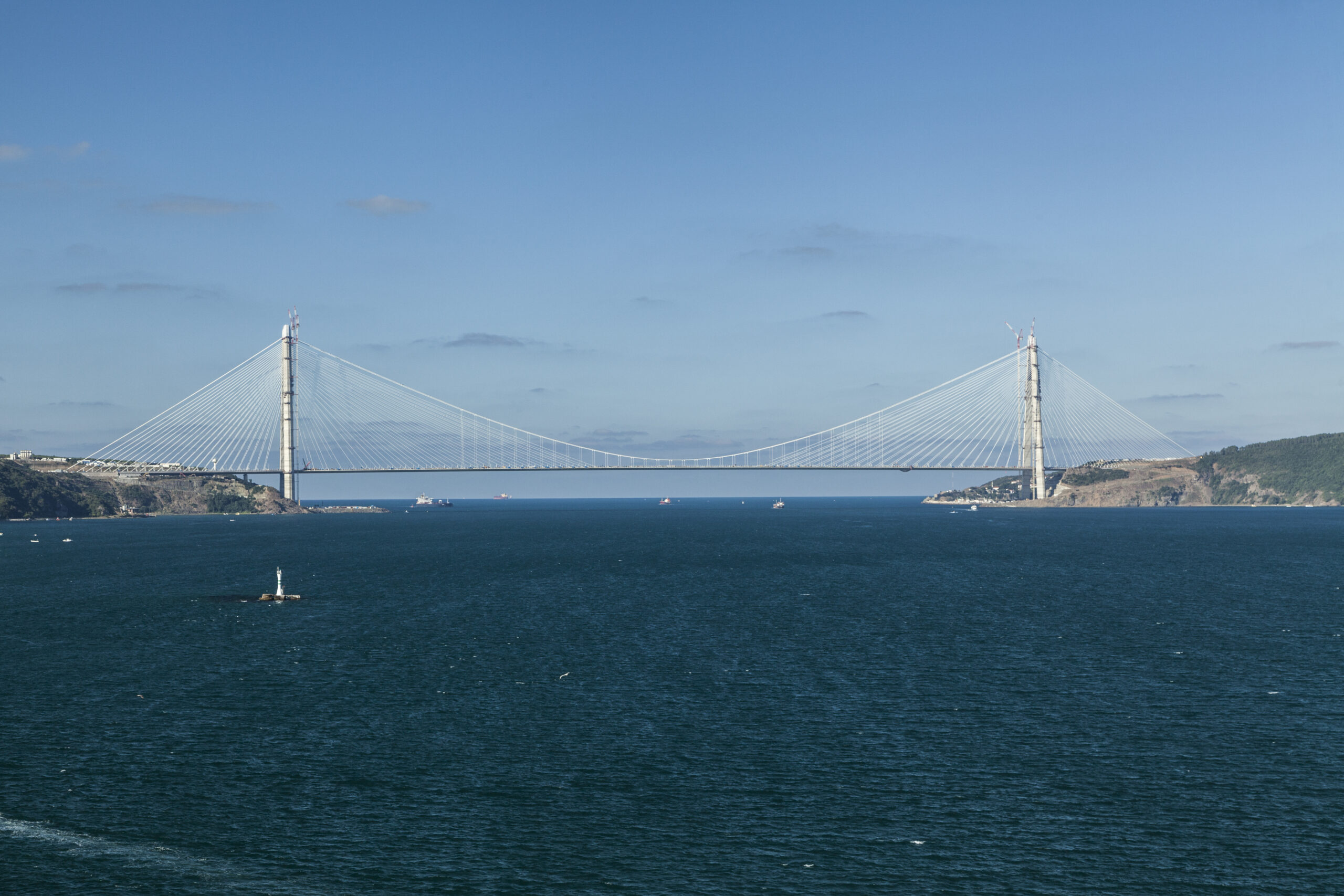
CONNECTOR Wall Crack Anchor
The simple connection of masonry components to form an effective bond, which can be achieved with little effort, is the focus of the solidian carbon-based masonry crack anchor. Regardless of the possible cause of cracks, they have a significant impact on the overall system of a building and should therefore be repaired with a permanent solution. In this context, it is also possible to reinforce the load-bearing structure (needling) of masonry constructions to restore serviceability or to maintain stability.
Product Features
- Convincingly better material and bonding properties with carbon compared to stainless steel spiral anchors
- No removal and reconstruction of (partial) elements necessary
- Quickly completed, minimal intervention in the masonry
- Visually inconspicuous and concealed repair
- Easy handling and installation, no special training required
- Can be used for many types of masonry
- Flat, rectangular cross-section allows flexible adaptation to the width of the bed joint
- Effective transmission of (high) tensile forces
- Corrosion-free carbon fiber composite polymer
Reference project
Product Applications
- Repair of cracks in masonry
- Subsequent anchoring and reinforcement of masonry elements
- (Technical) monument preservation measures
- Product & Technical Compatibility
- Process Efficiency & Performance
- Use Cases & Application Support
- Which composite manufacturing processes are your reinforcements compatible with?
- Are they compatible with automated production environments?
- How do your reinforcements help improve production efficiency?
- Can your reinforcements be adapted to our production setup?
- Can you help us choose the right reinforcement for our project?
- Are your products suitable for visually demanding applications?
- In which industries are your glass fiber reinforcements commonly used?
frequently asked questions
Our products are suitable for pultrusion, RTM, vacuum infusion, filament winding, and other continuous or closed-mold processes.
Yes. kelteks FreeMat and other glass reinforcements are optimized for high-speed production, offering clean handling and consistent quality across long production runs.
Our products ensure fast resin flow, excellent fiber wetting, and consistent fiber placement, leading to shorter cycle times and reduced scrap rates.
Yes. We can customize roll widths, formats, surface weights, and roll lengths to meet the specific needs of your process or equipment.
Our team provides technical guidance and product samples to help you test and select the best solution for your application.
Yes. Thin reinforcement layers like kelteks FreeMat become nearly invisible after resin infusion, making them ideal for transparent or aesthetic surfaces such as toboggans, water slides, and decorative panels. Check the product gallery here.
Our reinforcements are used in industrial equipment, construction components, transportation, electrical infrastructure, and marine applications. A key segment is the recreational industry, especially waterparks, where materials must be durable, non-corrosive, and visually appealing.




